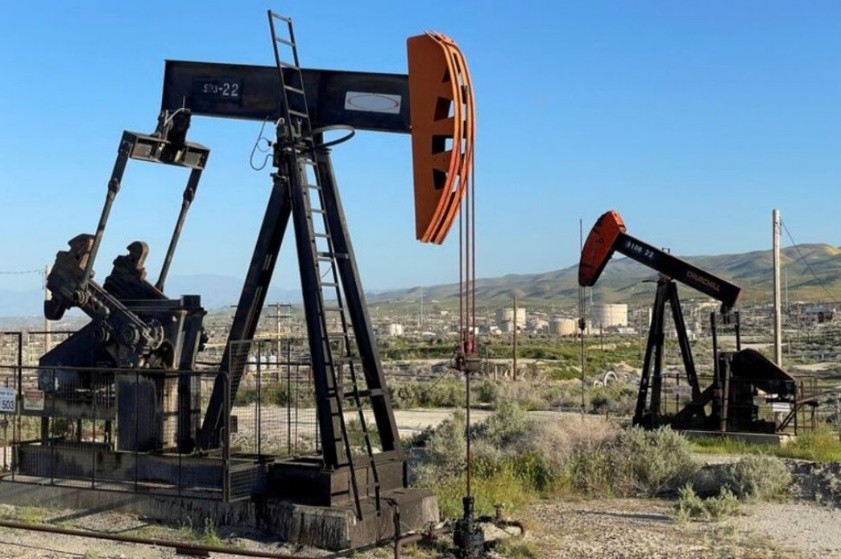
Key Elements of the Energy Plan
- Increased LNG Exports
- Trump plans to lift Biden's pause on new LNG export permits, which halted projects like Venture Global's CP2, Commonwealth LNG, and Energy Transfer's Lake Charles complex in Louisiana.
- This move would capitalize on the U.S.'s status as the world's largest natural gas producer and top LNG exporter, particularly after Europe turned to U.S. energy sources amid the Ukraine crisis.
- Accelerated Oil and Gas Drilling
- The plan includes expediting drilling permits on federal lands and offshore, reversing delays that have slowed the process under Biden.
- Trump aims to reopen five-year drilling plans off U.S. coasts and hold lease sales more frequently, targeting areas with higher production potential.
- Strategic Petroleum Reserve Replenishment
- Trump would call on Congress to allocate funds to refill the Strategic Petroleum Reserve, which was depleted under Biden to manage global price shocks. Replenishment would temporarily boost oil demand and incentivize domestic production.
- Keystone Pipeline Revival
- Trump plans to approve the Keystone XL Pipeline, though the project would face significant logistical and legal hurdles, requiring a fresh start.
- Regulatory Rollbacks
- Key Biden-era regulations, including tax credits for electric vehicles and clean power standards, are expected to be repealed.
- Trump also plans to declare an energy emergency, potentially allowing executive actions to bypass regulatory and legislative processes.
Strategic and Global Implications
- Energy Independence
- Trump's plan aligns with his campaign promise to boost "American energy dominance" by prioritizing domestic fossil fuel production over renewable energy transitions.
- This approach contrasts sharply with international climate commitments and efforts to reduce greenhouse gas emissions.
- Pressure on International Energy Agency (IEA)
- Trump may leverage U.S. funding to push the IEA toward prioritizing energy security over emission-reduction policies.
- Climate Policy Reversal
- Environmentalists warn that rescinding Biden's climate initiatives could erode progress on U.S. carbon neutrality goals and weaken global efforts to combat climate change.
Challenges and Industry Reaction
- Policy Uncertainty
- Reversals in energy policy could lead to delays and legal challenges, particularly for projects requiring environmental reviews or congressional approval.
- Developers of halted LNG and drilling projects have welcomed the potential for fast-tracked approvals but remain cautious about long-term regulatory stability.
- Industry Optimism
- Oil and gas industry leaders view the plan as an opportunity to reinforce U.S. leadership in global energy markets, particularly in the wake of Europe's pivot away from Russian energy.
Conclusion
Trump's energy agenda underscores a sharp pivot from the Biden administration's focus on clean energy and climate action. By prioritizing fossil fuel development and regulatory rollbacks, the incoming administration aims to bolster U.S. energy dominance but risks reigniting domestic and international environmental debates. The approach will likely face opposition from climate advocates and challenges in the courts, setting the stage for contentious energy policy battles.